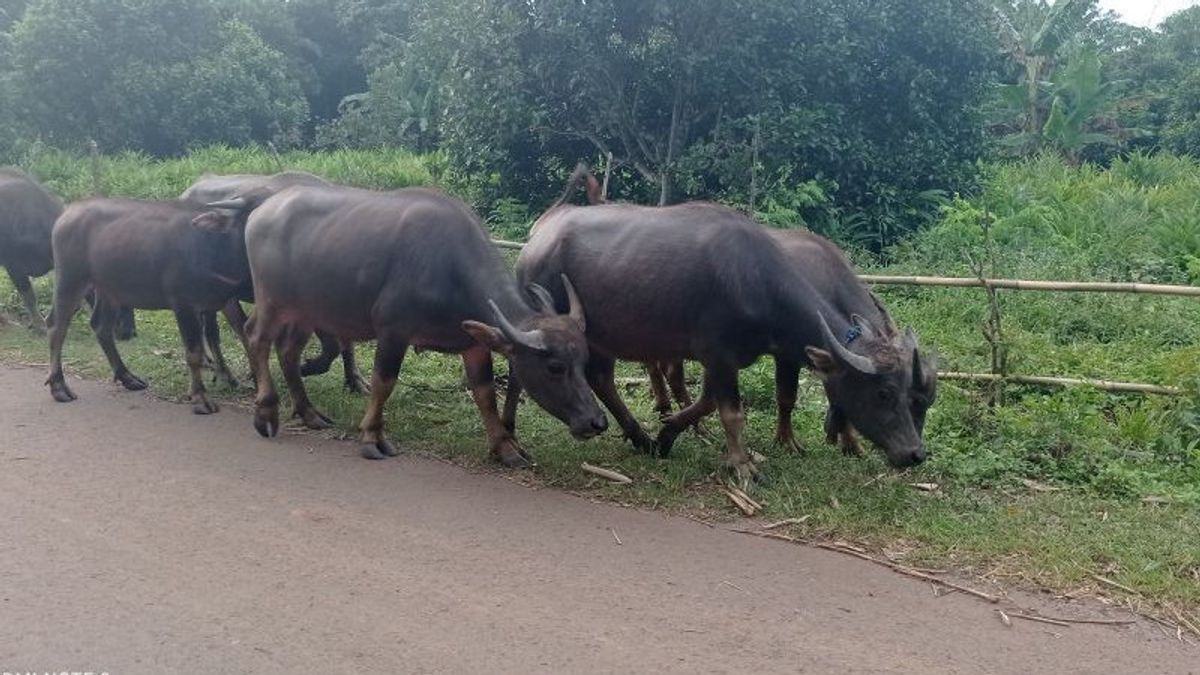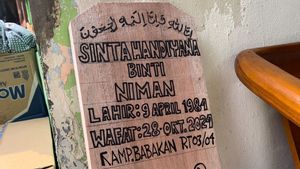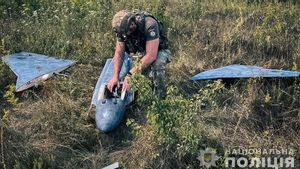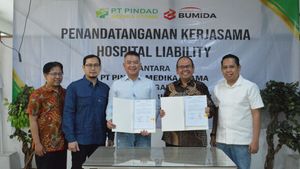RIAU - Head of the Riau Animal Husbandry and Health Service (PKH), Herman said as many as 88 buffalo in Rokan Hulu (Rohul) Regency, which were infected with respiratory disease, had to be cut badly because they could no longer be treated.
"Instead of dying and not being able to be used, farmers then forcibly cut their livestock," Herman said in his statement in Pekanbaru, Antara, Sunday, November 6.
Even though the buffalo is forcibly cut, it is still safe to consume because based on research, the disease is not harmful to humans.
The slaughter of the cow was carried out, he said, regarding the people in Rohul Regency who were restless by finding their buffalo died suddenly.
"Previously there were more than 400 buffalo belonging to the residents who died, allegedly due to a throat disease or Sepricaemia Epizootica (SE). The report was that the livestock died from Rokan Hulu and the cause was the same as that in Kampar Regency which contracted the SE or cow's throat," he said.
He said prevention efforts for SE disease were carried out by providing vaccines. However, the fact in the field is that there are still many farmers who are not ready for their livestock to be vaccinated, on the grounds that previously no high throat cases were found as they are today.
"But now the case of death of buffalo due to respiratory disease is quite high, reaching 90 percent, so farmers are advised to be willing to vaccinate their livestock again," he said.
Meanwhile, the Riau PKH Service on Thursday (3/11) sent a team to conduct direct observations of the buffalo field/wide grass to directly check cases of death due to cow's throat disease.
The throat disease in buffalo has been attacking China in Indonesia since 1884. This disease is endemic for South Asia and Southeast Asia. The death rate from this disease usually reaches 50-100 percent.
This disease can also attack other livestock such as camels, goats, sheep, pigs, and horses. Symptoms that arise in the final stage are the sound of throat (pulling). This disease will cause heavy losses due to death, weight loss, and low-cost sales of livestock.
Healthy animals can be infected by SE by means of contact through food, drinks, and tools contaminated by Pasteurella multocide bacteria. The environment is exposed to bacteria Pasteurella multocide because it is polluted by saliva and animal waste that is infected.
The English, Chinese, Japanese, Arabic, and French versions are automatically generated by the AI. So there may still be inaccuracies in translating, please always see Indonesian as our main language. (system supported by DigitalSiber.id)
Tags les plus populaires
#Prabowo Subianto #élections jakarta #Israël #Tom Lembong #red and white cabinet #sritexPopulaire
02 November 2024, 06:20













